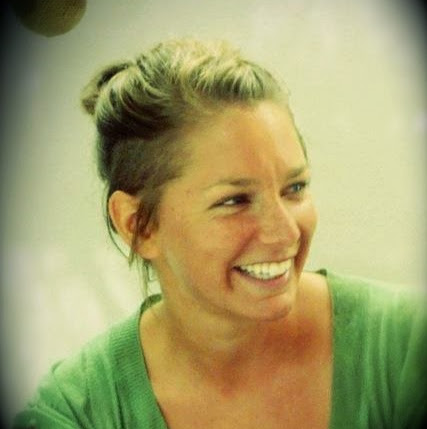Nadine Soutschka
About
 I was born in Namibia, a country rich in natural resources and beauty. When I moved to Cape Town my passion for the ocean was kindled. In school I started diving and subsequently pursued my undergraduate degree in Marine Ecology. After finishing the degree I worked as a Divemaster and Instructor in the Maldives, Mozambique, South Africa and Indonesia. This granted me the exposure to many marine environments and furthermore opened my eyes to the important interactions between humans and the marine environment. This led to me enrolling in the Masters program at the University of Cape Town that focuses on the study of social-ecological systems.
I was born in Namibia, a country rich in natural resources and beauty. When I moved to Cape Town my passion for the ocean was kindled. In school I started diving and subsequently pursued my undergraduate degree in Marine Ecology. After finishing the degree I worked as a Divemaster and Instructor in the Maldives, Mozambique, South Africa and Indonesia. This granted me the exposure to many marine environments and furthermore opened my eyes to the important interactions between humans and the marine environment. This led to me enrolling in the Masters program at the University of Cape Town that focuses on the study of social-ecological systems.
Place
The Olifants River Estuary lies on the West Coast of South Africa and has a high conservation ranking due to its size, rarity, habitat and biodiversity importance. It is one of two permanently open estuaries in the cool temperate west coast zone, feeding into the productive Benguela Current, and is still mostly pristine and undeveloped. The estuary acts as a sheltered, protected environment that many fish species use as nursery grounds. In the year 1925, the Ebenhaeser community was resettled from fertile land along the Olifants river to land located on lower reaches of the river. The land downstream is less fertile and the water from the river largely saline, which resulted in a substantial part of the community changing their subsistence activities from farming to fishing. Now, fishing forms an important part of the communities’ heritage and cultural practices. Small-scale fishers of the Olifants River target Liza richardsonii, also known as southern mullet and ‘harder’, using gill-nets. The fish is mainly caught for own consumption but when catches are good, the fish is sold locally; hence it is categorised as a small-scale fishery.
Research
I am currently involved in a study that aims to investigate strengths and shortcomings of a community monitoring system set up in the Olifants River estuary on the West Coast of South Africa. The fishing community living alongside the estuary fish for harder and is very dependant on the resource as a source of food and as a contribution to livelihood. However, as gill-nets are not target specific, bycatch is also caught in the nets. Bycatch includes some nationally important linefish species that are targeted by sport anglers. This is an issue of contention, therefore the fisheries authority proposed the closure of the gill-net-fishery in 2014. A group of researchers at the EEU at UCT have been working with this community for several years to try and ensure that their rights are not removed and that they have a voice in decision-making. Over the years, and when funding has been available, the fishers have participated in a community monitoring system to collect data to inform resource management decisions. The study aims to analyse data collected by the community monitors and assess the strength and weakness of the community monitoring system and its contribution to decision-making and community empowerment.


